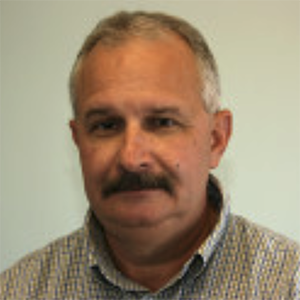Research proposes a new approach to carbon dioxide removal based on enhancing iron sulfide formation in aquaculture sediments
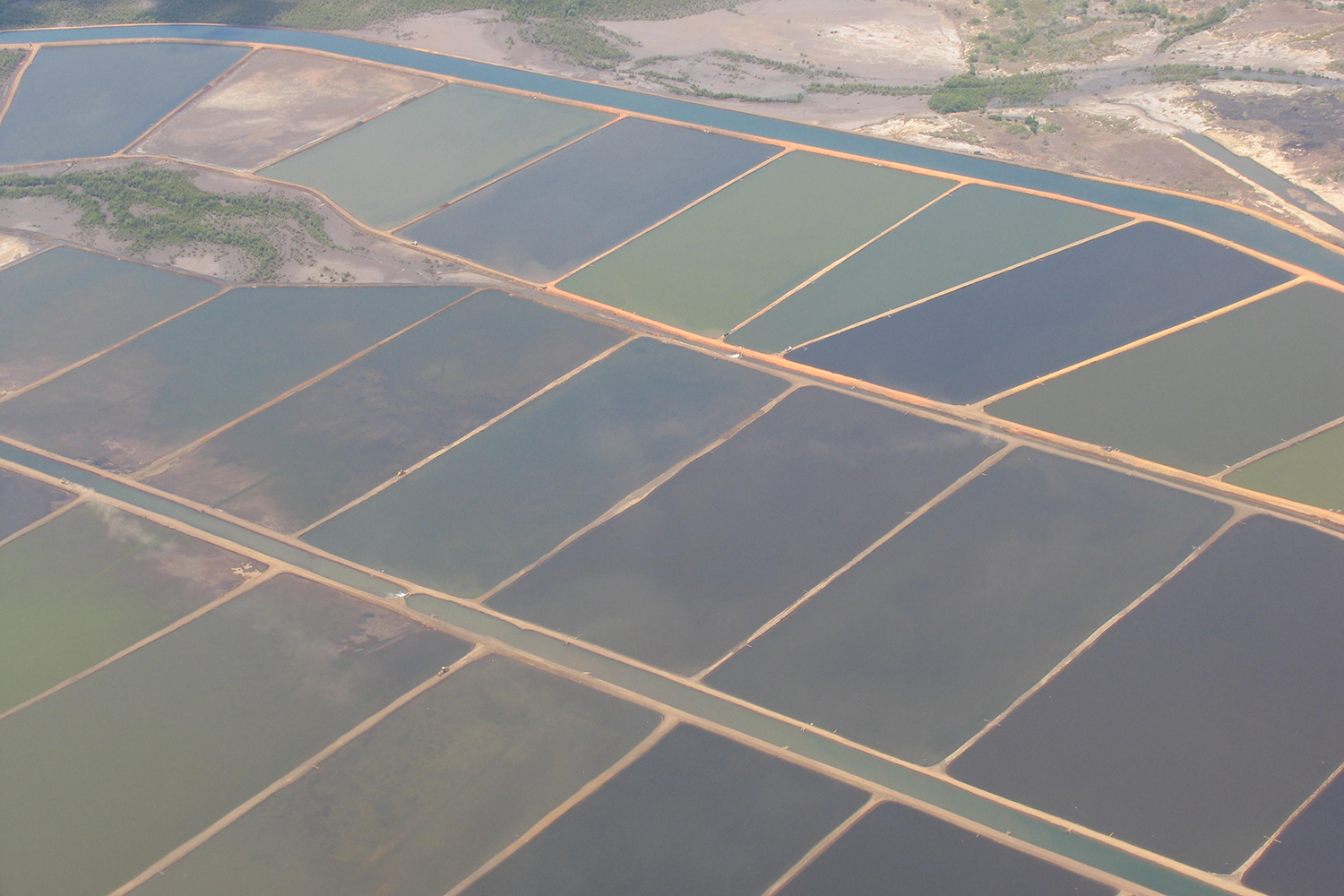
New research shows that enhanced sulfide burial through the supply of reactive iron to surface sediments may be able to capture up to 100 million metric tons of carbon dioxide per year, particularly in countries with the highest number of fish farms, such as China and Indonesia.
These efforts could mostly offset the carbon footprint associated with their aquaculture industry. Enhanced sulfide burial could directly benefit both fish farms and surrounding ecosystems by removing toxic sulfide from aquatic systems, providing an addition to durable global carbon dioxide removal markets and a pathway towards large-scale, carbon-neutral aquatic food production.
The study reported that enhanced sulfide burial (ESB) could result in huge carbon dioxide removal fluxes globally, with an analysis suggesting that the reaction between iron added to marine sediments and microbially produced hydrogen sulfide could lead to billions of tons of atmospheric carbon dioxide removal.
“In this paper, we propose a new approach to carbon dioxide removal that is based on enhancing iron sulfide formation in aquaculture sediments. By adding reactive iron, we can increase the burial of sulfide, reducing water toxicity while simultaneously increasing sedimentary alkalinity production, which enhances the ocean’s natural ability to absorb and store CO2,” lead author Dr. Fakhraee told the Advocate. “This method presents a scalable, cost-effective pathway to mitigate the carbon footprint of fish farming, turning aquaculture into a potential tool for climate solutions while improving water quality and ecosystem health.”
The study authors assessed the potential for marine carbon dioxide removal (CDR) in aquaculture that drives enhanced sulfide burial (ESB), using a marine sediment diagenetic model [diagenesis is the process of physical and chemical changes in sediments first caused by rock-and-water interactions, microbial activity and compaction after their deposition] that simulates the cycling of carbon, sulfur and iron under a wide range of environmental conditions to estimate the potential of ESB to promote the removal of carbon dioxide. The model – based on well-established practices of modeling marine biogeochemistry – follows alkalinity production from anaerobic respiration together with the precipitation of pyrite.
Fish farms have a large carbon capture potential: modelling results indicate that ESB in fish farms will lead to the capture of 2–10 tons of carbon dioxide per hectare per year). Therefore, increased iron addition can typically translate into about an order of magnitude increase in alkalinity generation in the anoxic sediments). The CDR potential is largest for high-density fish farms such as those common with tilapia, where high organic matter and low oxygen abundance would lead to a higher rate of anaerobic respiration and sulfate reduction.
Fish farms with high reported rates of sulfate reduction have the potential to remove over 10 tons carbon dioxide per hectare per year. These rates of carbon dioxide removal suggest that sulfide burial in fish farms could pave the way for a low-carbon-cost meat source. The current estimates for the greenhouse gas (GHG) emission associated with aquaculture are 245–385 million metric tons (MMT) of carbon dioxide per year, which accounts for 5–7 percent of the global GHG emission from agriculture and livestock production [~5 gigatons (Gt; a billion metric tons) of carbon dioxide and about 0.49 percent of anthropogenic GHG emissions.
Despite the relatively small contribution of aquaculture to global GHG, its contribution will probably increase in the coming years in response to the increasing demand for seafood and its benefits for human health, highlighting the role of carbon neutralization in countries with the highest fish farms. According to the study results, these countries – such as China, Indonesia and India – could collectively remove 25–140 MMT of carbon dioxide per year via ESB.
This practice has the potential to offset most of the carbon footprint associated with fish farms. The carbon footprint for aquaculture is 2–6 kg carbon dioxide per kg of meat produced and, considering the uncertainty associated with the efficiency of aquaculture and using the order of magnitude estimate, 1,000–10,000 kg of meat is produced per hectare through a combination of intensive and semi-intensive farming. In this light, an average of ~50 percent and potentially all the carbon dioxide produced in aquaculture could be offset by CDR through ESB in high-density aquaculture systems.
CDR through ESB is probably economically feasible. Iron ore transportation by ships, especially to China, is already a highly optimized process. A preliminary techno-economic assessment suggests that the cost of CDR through ESB in fish farms is lower or comparable to that of the means of permanent or durable carbon dioxide removal technologies. For instance, costs of implementation in China are predicted to be U.S. $110–250, using iron ore from China, or $120–300, using iron ore from Australia.
This cost, importantly, is lower than estimates of the social cost of carbon. This cost is also substantially lower than recent estimates of the costs of reducing the carbon footprint associated with beef consumption. For instance, the costs of the abatement of beef consumption in the United States and through manure management have been estimated to be >$600 and >$300 per tCO2equivalent, respectively. These data further support the contention that CDR through ESB could be both ecologically beneficial and economically competitive.
“Our analysis suggests that the reaction between iron added to marine sediments and microbially produced hydrogen sulfide will result in an increase in the alkalinity export of sedimentary systems and could lead to billions of tonnes of atmospheric CO2 removal. Fish farms, that are already confronted by and seeking to actively manage increasing sulfide stress, are the obvious targets for ESB implementation. Countries with the highest fish farm production, such as China and Indonesia, could capture hundreds of millions of tonnes of CO2 per year via ESB that could largely offset the carbon footprint of fish production. Foremost this work supports the need for future experimental and field work to better constrain the uncertainty associated with the carbon capture potential using this pathway, and more importantly to study the potential unintended environmental consequences from this pathway to ensure safe and effective carbon removal,” concluded the study authors.
Read the full study, authored by Drs. Mojtaba Fakhraee (Department of Earth and Planetary Sciences, Yale University, New Haven, CT, USA; and Department of Earth Sciences, University of Connecticut, Storrs, CT, USA) and Noah J. Planavsky (Department of Earth and Planetary Sciences, Yale University, New Haven, CT, USA; and Yale Center for Natural Carbon Capture, Yale University, New Haven, CT, USA.
Now that you've reached the end of the article ...
… please consider supporting GSA’s mission to advance responsible seafood practices through education, advocacy and third-party assurances. The Advocate aims to document the evolution of responsible seafood practices and share the expansive knowledge of our vast network of contributors.
By becoming a Global Seafood Alliance member, you’re ensuring that all of the pre-competitive work we do through member benefits, resources and events can continue. Individual membership costs just $50 a year.
Not a GSA member? Join us.
Author
Related Posts
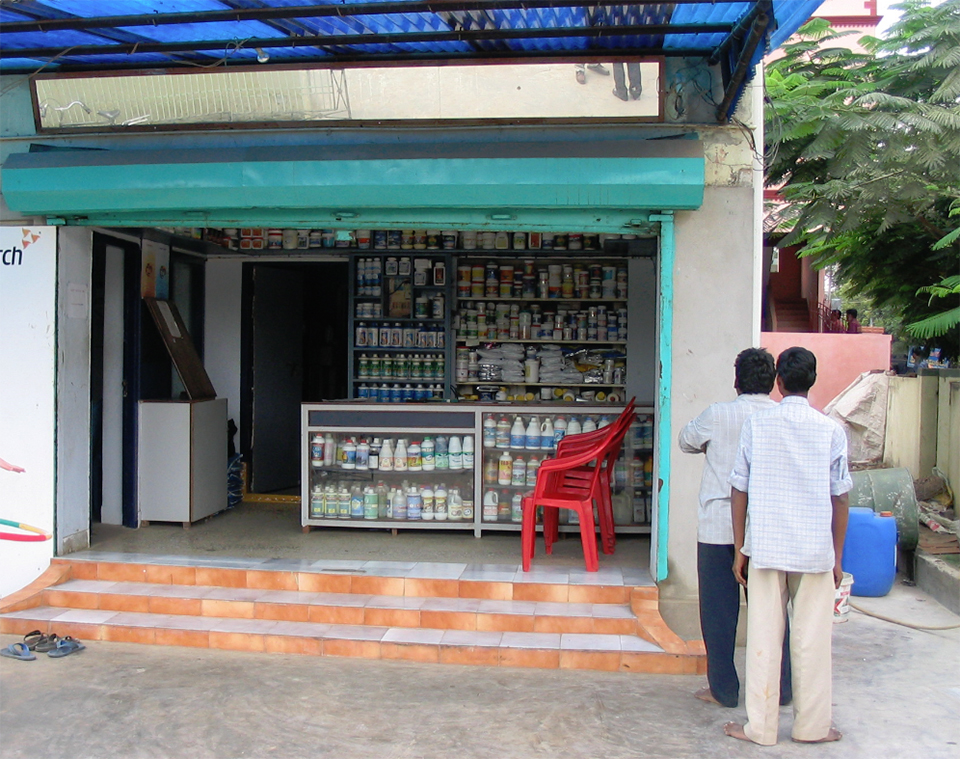
Responsibility
A review of water quality improvement products
Prof. Boyd examines products used by aquafarmers to improve water quality and conditions in their ponds and discusses their efficacy.
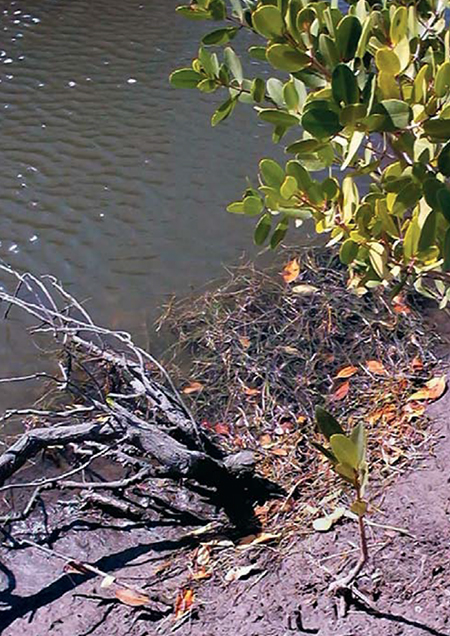
Aquafeeds
Advantages of aerated microbial reuse systems with balanced C:N, part 1
An alternative waste treatment is intense microbial processing of wastes to facilitate high yields with little or no water exchange.

Responsibility
Aeration, mixing and sludge control in shrimp ponds
A benefit of aeration is the mixing of pond water. Similar to biotechnological reactors, microbial processes are more effective in mixed pond water.
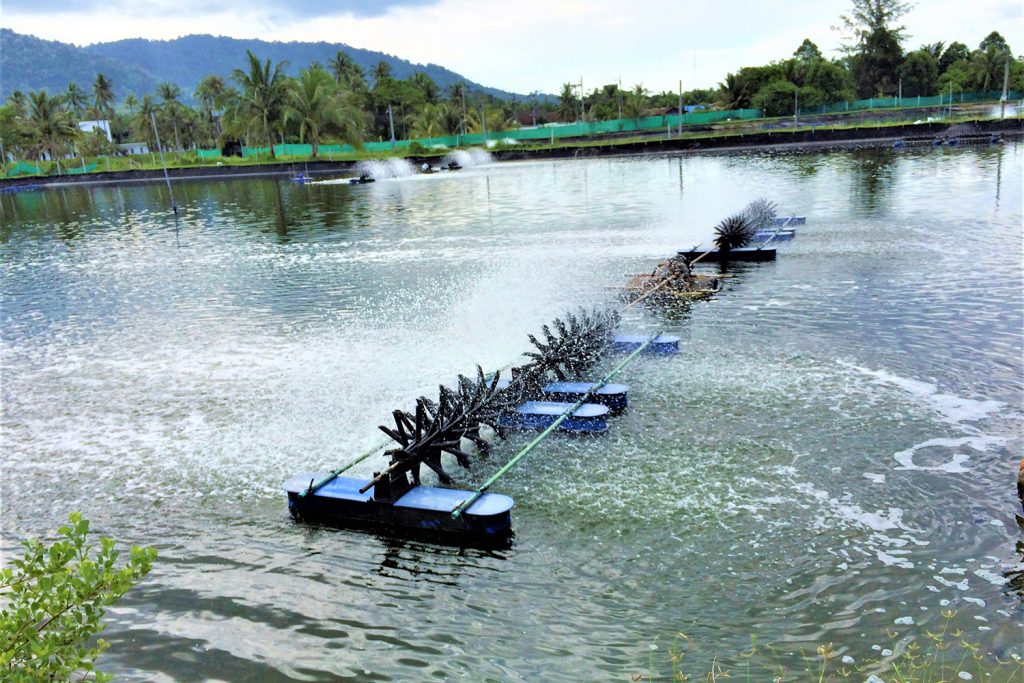
Health & Welfare
Dissolved oxygen is a major concern in aquaculture. Here’s why.
Demand for dissolved oxygen is high in modern, intensive aquaculture, so DO concentration must be continuously maintained by mechanical aeration.



